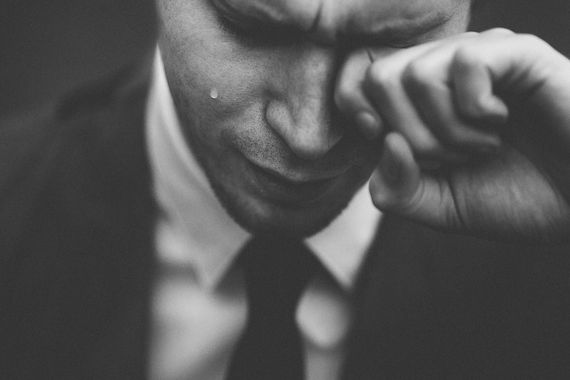
Japan began the third phase of discharging treated water into the sea from the damaged Fukushima power plant on Thursday, while Beijing and Moscow restricted their Japanese imports in protest against this process expected to last several decades.
• Read also: Discharging Fukushima water into the sea: China denounces the “selfish and irresponsible” act
• Read also: Fukushima: Four workers injured by spray of contaminated water
Tepco, the company that operates the station, told AFP that this phase, which is supposed to allow the release of about 7,800 tons of water, is supposed to last about 17 days.
On August 24, Japan began evacuating the Pacific Ocean of water used specifically to cool the three reactor cores at the Fukushima Daiichi Power Plant (northeast) that melted after the 2011 tsunami.
It also comes from groundwater and rain, and this water has been stored for a long time in huge tanks at the power plant site and treated to rid it of radioactive materials, with the exception of tritium, which poses nothing but danger. Concentrated doses according to experts.
This water was treated using an ALPS (“Advanced Liquid Processing System”) system to rid it of radioactive materials, with the exception of tritium, a radionuclide that according to experts is only dangerous at very high concentrated doses.
For this reason, the water is diluted with seawater before being discharged into the Pacific Ocean, so that its level of radioactivity does not exceed the target ceiling of 1,500 Bq/L, a level 40 times lower than the Japanese standard for this type of operation. .
The launch into the sea was verified by the International Atomic Energy Agency. But the launch of the operation caused a diplomatic crisis between Japan and China, which has suspended all imports of Japanese seafood since the end of August, and Russia has since followed suit.
The Chinese ban has particularly affected scallop fishermen on the northern island of Hokkaido, about 500 kilometers north of the Fukushima plant, who rely on Chinese factories to shell the molluscs.
In all, Japan plans to release more than 1.3 million cubic meters of treated water from Fukushima into the Pacific Ocean — the equivalent of 540 Olympic swimming pools — but in a very gradual manner, until the early 2050s, according to the current timeline.






